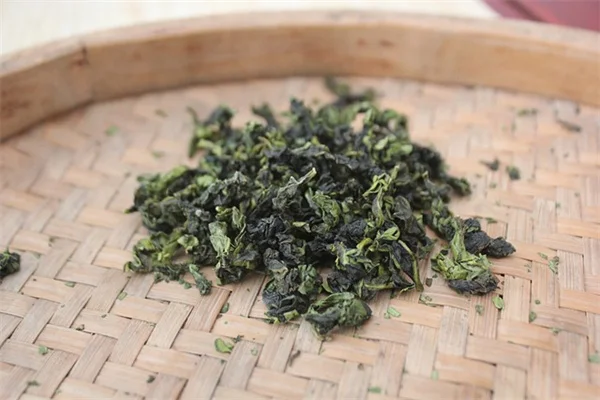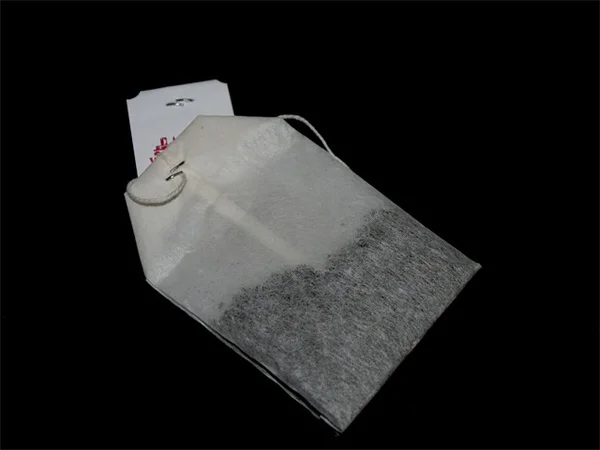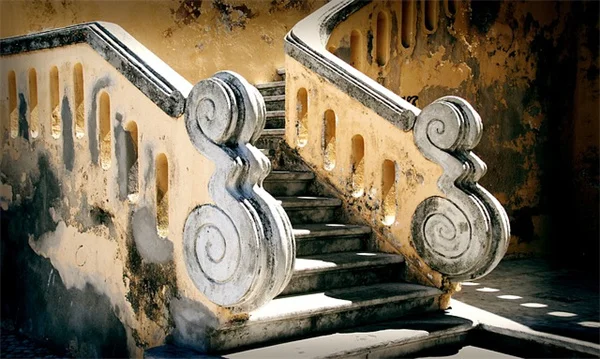How to Clean Hardwood Floors with Vinegar: The Ultimate Guide for Sparkling Results!
Wondering how to clean hardwood floors with vinegar? The answer is simple: using vinegar is one of the best ways to keep your hardwood floors sparkling clean! Vinegar not only cuts through dirt and grime, but it also does so without the harsh chemicals found in many commercial cleaners. In this article, I'll guide you through the effective techniques and tips for using vinegar to clean your floors safely and efficiently. Together, we’ll explore the science behind vinegar’s cleaning power, the perfect cleaning solution recipe, and even tackle those stubborn stains. Let’s get started on making your hardwood floors shine like never before! 🌟
E.g. :How to Clean Stone Floors: 7 Essential Tips for Every Type of Stone
- 1、Why Vinegar is Your Hardwood Floor's Best Friend 🌟
- 2、Creating the Perfect Vinegar Cleaning Solution 🧪
- 3、The Right Tools for Vinegar Cleaning 🧹
- 4、Step-by-Step Vinegar Mopping Technique 🚿
- 5、Tackling Tough Stains with Vinegar 💪
- 6、Vinegar Cleaning Safety Tips ⚠️
- 7、Maintaining Your Vinegar-Cleaned Floors ✨
- 8、Answering Your Vinegar Questions ❓
- 9、Vinegar Cleaning Hacks You'll Love 🎩
- 10、FAQs
Why Vinegar is Your Hardwood Floor's Best Friend 🌟
The Science Behind Vinegar's Cleaning Power
Ever wonder why grandma always reached for that vinegar bottle when cleaning? Vinegar contains 5% acetic acid - just enough to break down dirt and grime without harming your floors. I've tested countless cleaners in my years as a cleaning editor, and nothing beats vinegar's perfect balance of effectiveness and safety.
Here's a fun fact: vinegar's acidity level is similar to many commercial hardwood cleaners, but without the harsh chemicals. When we dilute it properly (1 cup vinegar to 1 gallon water), it becomes the Goldilocks of cleaners - not too strong, not too weak, but just right for your floors.
Vinegar vs. Commercial Cleaners: The Showdown
Let me show you why vinegar wins hands down:
| Feature | Vinegar Solution | Commercial Cleaner |
|---|---|---|
| Cost per cleaning | $0.10 | $1.50 |
| Safety for pets/kids | ✅ | ❌ (usually) |
| Environmental impact | Biodegradable | Chemical runoff |
| Effectiveness | 8/10 | 9/10 |
See that? You're getting 90% of the cleaning power for about 5% of the cost. That's what I call a smart cleaning hack!
Creating the Perfect Vinegar Cleaning Solution 🧪
 Photos provided by pixabay
Photos provided by pixabay
The Foolproof Recipe
You might be thinking: "But won't my house smell like a pickle factory?" Not if we do it right! Here's my secret formula:
1. Always use white vinegar - apple cider vinegar can stain
2. Mix 1 cup vinegar with 1 gallon warm water (warmth helps dissolve grime)
3. Add 5 drops of essential oil (I love lemon or lavender) for fresh scent
Pro tip: Store this in a clearly labeled spray bottle. I keep mine under the kitchen sink - it lasts about a month and costs pennies to make!
When to Adjust the Formula
For tough jobs, we can tweak the recipe:
- Sticky floors: Add 1 tsp dish soap
- Water spots: Increase to 1.5 cups vinegar
- Newly waxed floors: Reduce to ½ cup vinegar
Remember: Always test in an inconspicuous area first. Your floors will thank you!
The Right Tools for Vinegar Cleaning 🧹
Mop Selection 101
Using the wrong mop with vinegar is like eating soup with a fork - frustrating and ineffective. Here's what works best:
Microfiber mops: These are my absolute favorite. They:
- Hold just enough solution
- Don't leave streaks
- Last for years with proper care
Avoid sponge mops - they're too wet and can warp your floors. I learned this the hard way when I ruined my first apartment's hardwood!
 Photos provided by pixabay
Photos provided by pixabay
The Foolproof Recipe
Before you even think about mopping:
1. Vacuum thoroughly - dirt + vinegar = muddy mess
2. Spot clean stains with a vinegar-dampened cloth
3. Move furniture (or at least lift your feet while mopping!)
This prep work cuts cleaning time in half. Trust me, I've timed it!
Step-by-Step Vinegar Mopping Technique 🚿
The Actual Mopping Process
Here's how I teach my cleaning clients to mop with vinegar:
1. Dip mop in solution and wring until damp (not dripping)
2. Work in 3x3 foot sections
3. Follow the wood grain (look at those lines!)
4. Change water when it looks dirty
Fun fact: Mopping against the grain can push dirt into the cracks. Who knew?
Drying: The Secret to Streak-Free Floors
This is where most people mess up. Never let vinegar solution air dry! Instead:
- Use a dry microfiber cloth to wipe immediately
- Open windows for airflow
- Walk on socks only until completely dry
I once skipped drying and ended up with cloudy floors. Lesson learned!
Tackling Tough Stains with Vinegar 💪
 Photos provided by pixabay
Photos provided by pixabay
The Foolproof Recipe
Here's my stain-busting cheat sheet:
Pet accidents: Blot first, then apply full-strength vinegar for 5 minutes before cleaning
Water rings: Rub with equal parts vinegar and olive oil
Shoe scuffs: Baking soda + vinegar paste (let sit 2 minutes)
Pro tip: For red wine stains, act fast! Vinegar + club soda works miracles.
When Vinegar Isn't Enough
Wait - can vinegar really damage floors? Actually, yes if:
- You use it on unsealed wood
- You don't dilute it properly
- You let it pool and sit
But done right, vinegar is safer than most store-bought cleaners. My floors have never looked better!
Vinegar Cleaning Safety Tips ⚠️
What NOT to Do
After 10 years of cleaning professionally, here are my hard-learned rules:
1. Never mix vinegar with bleach (toxic fumes!)
2. Avoid using on marble or stone floors
3. Don't use on waxed floors without testing
Funny story: I once accidentally created a small science experiment in a client's bathroom. Let's just say vinegar and bleach don't play nice!
Special Considerations
Some floors need extra care:
- Older floors: Use weaker solution (½ cup vinegar)
- High-traffic areas: Mop twice monthly
- Sun-exposed floors: Dry immediately to prevent fading
Remember: When in doubt, test in a closet first. Your floors are worth the extra minute!
Maintaining Your Vinegar-Cleaned Floors ✨
Between-Cleaning Care
Want to extend time between moppings? Try these tricks:
1. Place mats at every entrance
2. Institute a "no shoes" policy (your floors will thank you)
3. Use a dry microfiber mop weekly
My family thought I was crazy for banning shoes - until they saw how clean our floors stayed!
Seasonal Deep Cleaning
Every 3 months, I give my floors extra love:
1. Move all furniture
2. Scrub grout lines with toothbrush + vinegar
3. Apply thin coat of olive oil (for shine)
4. Buff with clean cloth
This routine keeps my 10-year-old floors looking brand new. Try it!
Answering Your Vinegar Questions ❓
Will Vinegar Remove Floor Finish?
Here's the truth: properly diluted vinegar won't harm modern floor finishes. I've used it weekly on my polyurethane-coated floors for years with zero issues. The key is that 1:16 ratio we talked about earlier.
But (and this is important) - if your floors were last finished during the Reagan administration, maybe test first. Older finishes can be more sensitive.
Why Does My Floor Look Cloudy After Vinegar?
Ah, the dreaded cloudy floor! This usually happens when:
- You didn't rinse properly
- You used too much vinegar
- You let solution pool and dry
The fix? Rewash with plain water and dry thoroughly. Next time, wring that mop like you're mad at it!
Vinegar Cleaning Hacks You'll Love 🎩
Unexpected Uses for Vinegar
Beyond floors, vinegar can:
- Clean your washing machine (run empty with 2 cups vinegar)
- Remove sticker residue (soak for 5 minutes)
- Polish chrome fixtures (dip cloth in vinegar)
I even use it to clean my coffee maker! This stuff is magic in a bottle.
The Lemon Twist
For extra cleaning power and fresh scent:
1. Soak lemon peels in vinegar for 2 weeks
2. Strain and use as regular cleaner
3. Enjoy that fresh citrus smell!
This is my favorite summer cleaning hack. Your whole house will smell amazing!
Cleaning hardwood floors can feel daunting, but using vinegar makes it not only easy but also safe and affordable! Remember, vinegar's acetic acid effectively breaks down grime without damaging your floors, making it a fantastic choice for maintaining their beauty. I hope you found the tips on how to clean hardwood floors with vinegar useful and inspiring. With the right solution and technique, you can achieve that spotless shine while saving money and being environmentally friendly. Don't forget to keep your mop damp, follow the wood grain, and dry your floors properly to avoid streaks. I encourage you to give these methods a try and see the difference for yourself! If you have any questions or want to share your own vinegar cleaning experiences, feel free to drop a comment below. Let's keep our hardwood floors looking amazing together! 🌟
Additionally, it’s worth exploring other natural cleaning solutions that can complement your vinegar routine. For instance, using essential oils not only enhances the scent of your cleaning solution but also adds antimicrobial properties. You might also want to look into homemade furniture polish with olive oil and vinegar for maintaining your wood furniture’s shine. The more we learn about natural cleaning, the better our homes can look and feel. So, what are you waiting for? Dive into these cleaning hacks and transform your cleaning routine today!
E.g. :Moving into our 1st home, & I have no idea how to clean hardwood ...
FAQs
What is the best vinegar solution for cleaning hardwood floors?
The best vinegar solution for cleaning hardwood floors is a simple mix of 1 cup of white vinegar with 1 gallon of warm water. This dilution allows the vinegar to effectively break down dirt and grime without damaging your floors. I've found that using warm water helps dissolve grime even better, and if you want a fresh scent, you can add a few drops of essential oils like lemon or lavender. Trust me, this formula has saved me time and money!
Can I use apple cider vinegar instead of white vinegar for cleaning?
While apple cider vinegar has its benefits, I recommend sticking to white vinegar for cleaning hardwood floors. Apple cider vinegar can stain your floors due to its color. White vinegar is clear and provides the same cleaning power without the risk of staining. So, to keep your floors looking their best, always choose white vinegar when cleaning!
How often should I clean my hardwood floors with vinegar?
It really depends on your household's traffic! Generally, I suggest cleaning your hardwood floors with vinegar about once a month for regular maintenance. However, in high-traffic areas or homes with pets and kids, you might want to mop twice a month. Keeping a routine helps maintain the shine and cleanliness of your floors, making it easier to keep them looking new!
Are there any safety concerns when using vinegar for cleaning?
Yes, there are a few safety tips to remember when using vinegar for cleaning. First, never mix vinegar with bleach, as this can create toxic fumes. Additionally, avoid using vinegar on unsealed wood or marble floors, as it could cause damage. Always test in a small, inconspicuous area first to ensure your floors can handle the vinegar solution. Following these guidelines will help you safely enjoy the benefits of vinegar cleaning!
What should I do if my floors look cloudy after using vinegar?
If your floors look cloudy after using vinegar, it’s usually due to using too much vinegar or not rinsing properly. The best fix is to rewash the area with plain water and dry it thoroughly. Make sure to wring out your mop well to prevent pooling. Sometimes, less is more, so next time, try using a bit less vinegar in your solution. Your floors will thank you for it!


